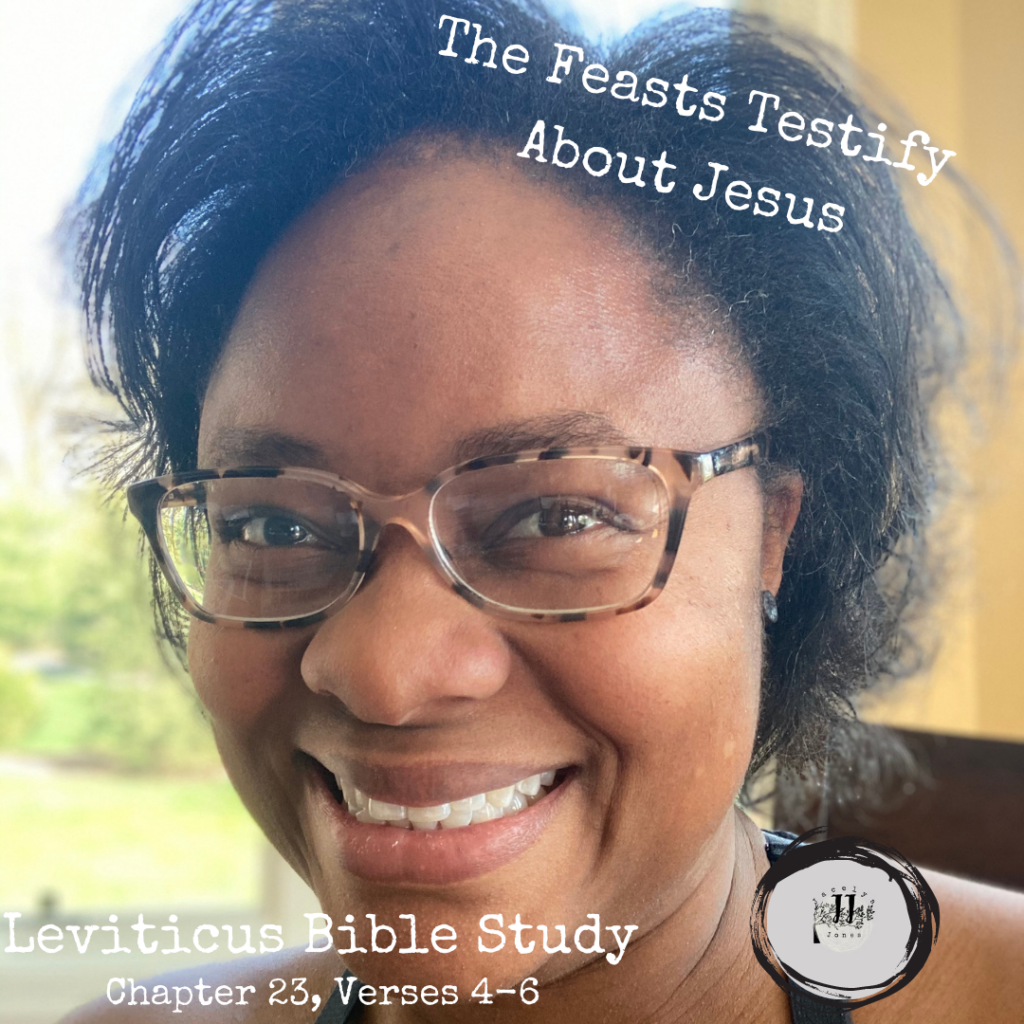
In the fifth chapter of John, the LORD rebukes the religious, legal authorities for their presumption. They have become too familiar with a God they don’t know by reading words about God, and though they have been looking for Him, they do not recognize the Spirit of the Law they have been studying—in the living presence of Jesus, the Christ (John 5:38-40).
But as I study the feasts in the twenty-third chapter of Leviticus, I see the Son of God in them.
Beginning with Pessach (Passover), I see the representation of His salvation through its proclamation.
12On that night I will pass through the land of Egypt and strike down every firstborn male, both man and beast, and I will execute judgment against all the gods of Egypt. I am the LORD. 13The blood on the houses where you are staying will distinguish them; when I see the blood, I will pass over you. No plague will fall on you to destroy you when I strike the land of Egypt.
(Exodus 12:13, Berean Study Bible). And then again with the Feast of Unleavened Bread, I see the bread of life—perfect nourishment that would feed the needs of all who hunger for pure truth and righteousness (Matthew 5:6; Galatians 5:7-10). Jesus prophesied in His sermon on the mount, telling those who were listening what it meant that His flesh is real food and His blood is real drink—that He was to provide the satisfaction of righteousness and truth by allowing Himself to be scourged and broken, His blood poured out to fulfill our thirst for the wine of a new covenant of grace. As God provided for the multitudes who came to Jesus in ways that satisfied their physical needs, the Father sent His Son to pay the sin debt of the multitudes as well as our spiritual needs: life, authority, security, and every kind of healing.
The Feasts are not dead religion, but living revelation for we who recognize by God the Holy Spirit, They point to our living Savior, Who is seated at the right Hand of God and coming again (Mark 14:61-62).

